Program for Theoretical and Computational Biology
Soft-bodied marine animals, such as nudibranchs, use bioactive compounds as a defense against predators. In our previous work we have discovered that these compounds in nudibranch Doriopsilla fulva can be produced by bacterial symbionts rather than the animals themselves. These symbiotic bacteria represent new non-culturable bacterial lineages that produce bioactive molecules. The Nudi-Symb project seeks to explore more nudibranch species. We will use novel techniques to study individual bacterial cells, sequence the nudibranch genome and use transcriptomics to understand the interaction between these animals and their symbiotic bacteria, with the aim of contributing to the development of new medical drugs.
The FRAILTECH consortium seeks to develop an early detection technology for frailty syndrome based on DNA arrays. DNA sequencing techniques and metagenomic analysis will be combined to create a dataset to assess frailty risk. In addition, a multiscale risk calculator integrating genetic, microbiota and clinical variables will be validated. The project also seeks to generate databases for the frailty research community.
In this study the objective is to develop a rapid and cost-effective solution for detecting the risk of lower extremity impairment in the elderly. Using DNA sequencing and metagenomic analysis technologies, a reference panel will be created that will include genetic and microbiotic data as well as a risk calculator and a database for related research.
The LIVERGUT project aims to evaluate the effects of fecal microbiome transplantation (FMT) in patients with cirrhosis. Two randomized phase III trials will be conducted to evaluate the reduction of portal hypertension and complications of cirrhosis.
Multicellular organisms have a symbiotic relationship with microbes, and this association is essential for their functioning. Microbiomes, which are communities of microbes, can be classified into specific types. This is relevant in the clinical setting, as it aids in diagnosis, identification of risk factors and prediction of treatment success. CLOM consists of a database of microbiome profiles and a profile classifier that employs unsupervised clustering techniques. The main objective is to enable the characterization and prediction of the microbiota and its relationship to disease, as well as for the assignment of new samples to disease-associated microbial community types.
The project focuses on the study of bacteriophage-bacteria interactions in the microbiota of the cockroach Blattella germanica. It is hypothesized that bacteriophages affect bacterial diversity and that host response to stress, such as antibiotics or temperature extremes, alters these interactions and host metabolism.
Changes with age of the interactions of the microbiota with its human host and deter-mination of a permanent core of mutualistic symbionts


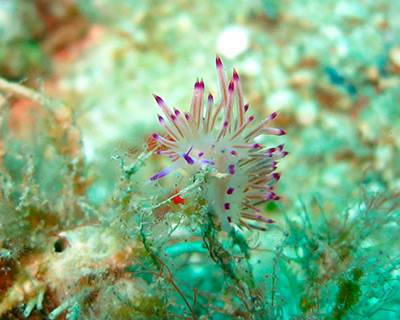 Nudi-Symb
Nudi-Symb
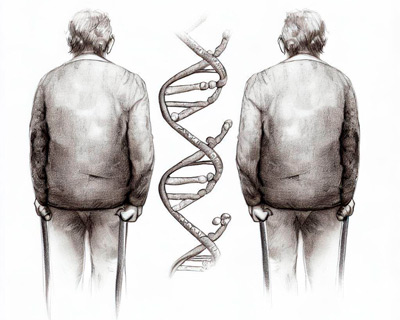 FRAILTECH
FRAILTECH
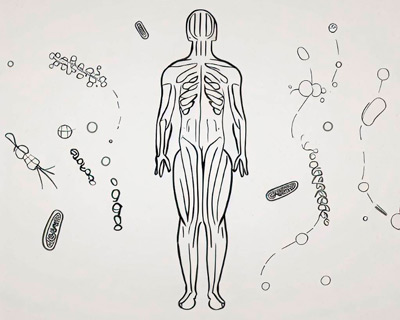 LEGTECH
LEGTECH
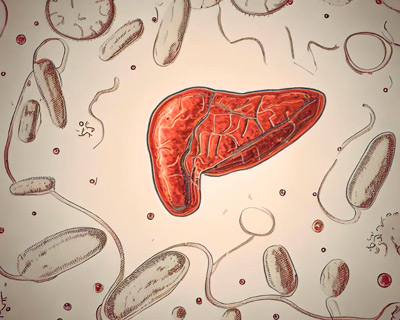 LIVERGUT
LIVERGUT
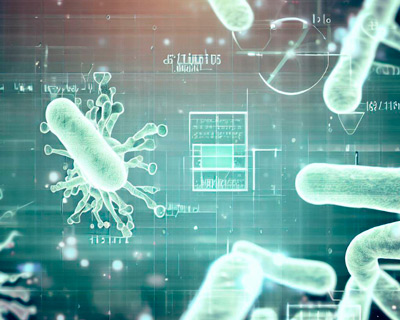 CLOM
CLOM
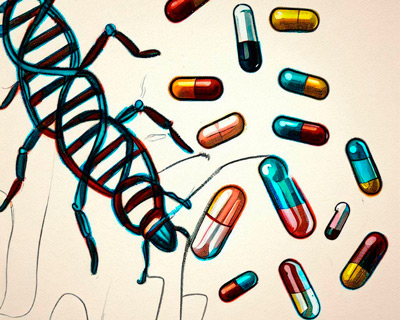 TEANS-PB
TEANS-PB
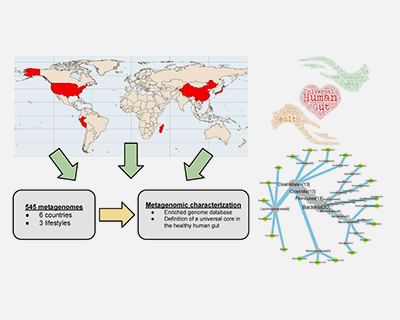 MUTUALCORE
MUTUALCORE
 PreDeSTom
PreDeSTom
 BotVidSENSOR
BotVidSENSOR
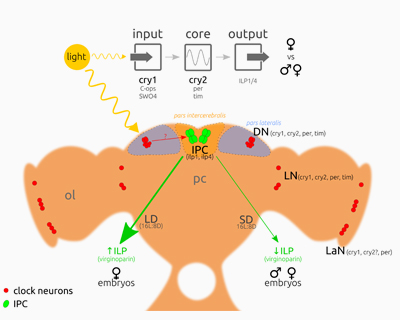 DIMITRA
DIMITRA
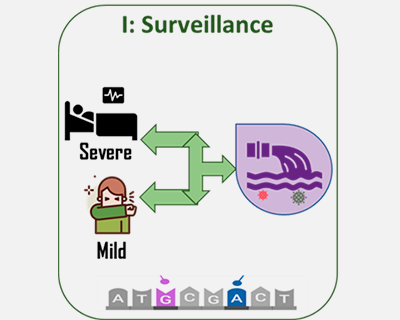 EvolCovid
EvolCovid
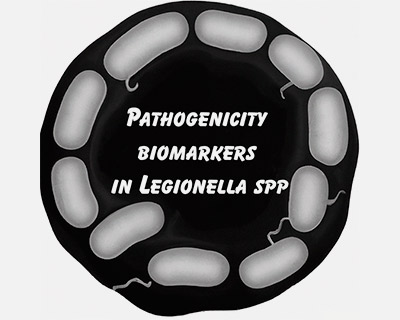 Pathogenic biomarkers in Legionella spp
Pathogenic biomarkers in Legionella spp
 ExOHAR
ExOHAR
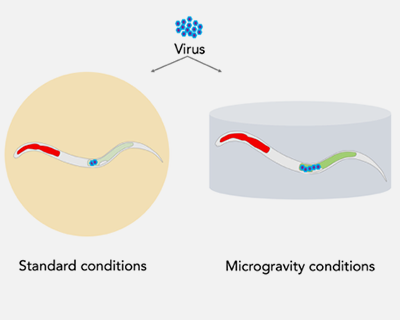 SpaceWorms
SpaceWorms
 mol-TB-host
mol-TB-host
 INVEST/2023/173
INVEST/2023/173
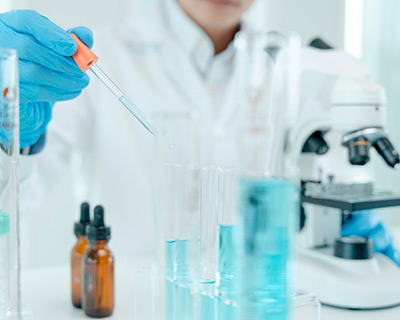 HMW-nudibranch
HMW-nudibranch
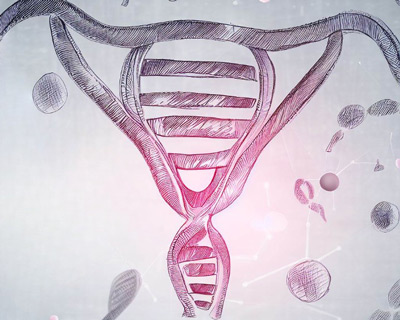 HN-OMICS
HN-OMICS
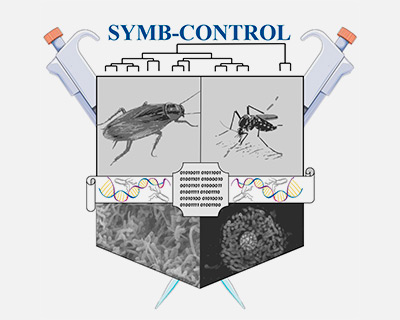 SYMB-CONTROL
SYMB-CONTROL
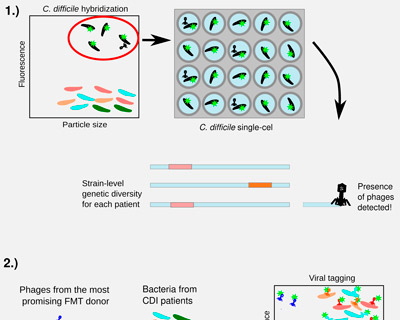 CDEIGENT
CDEIGENT
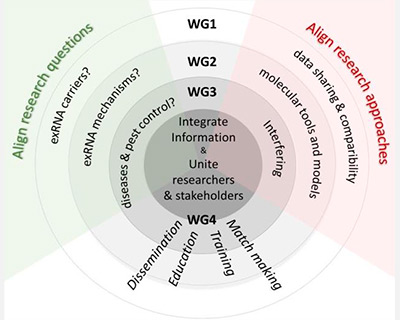 exRNA-PATH
exRNA-PATH
 COALESCE
COALESCE
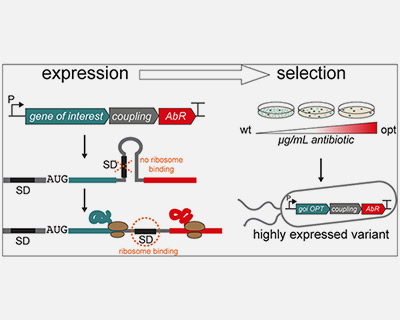 EVOPUNCH
EVOPUNCH
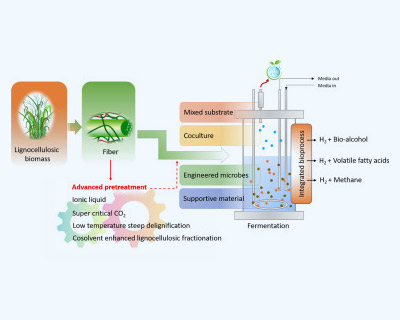 ProtoSynH2
ProtoSynH2
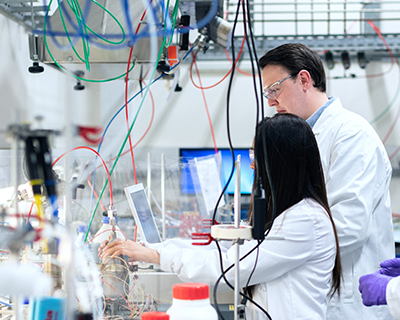 MICRO4BIOGAS
MICRO4BIOGAS
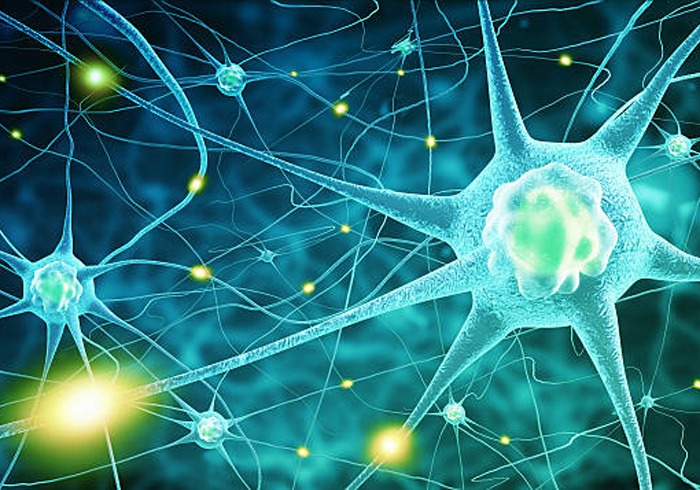 SINNBIOSIS
SINNBIOSIS










